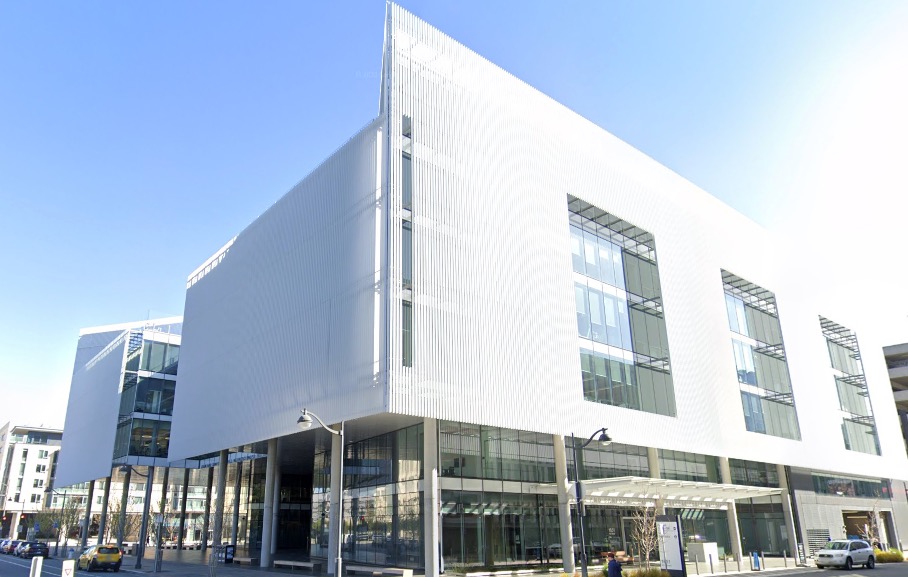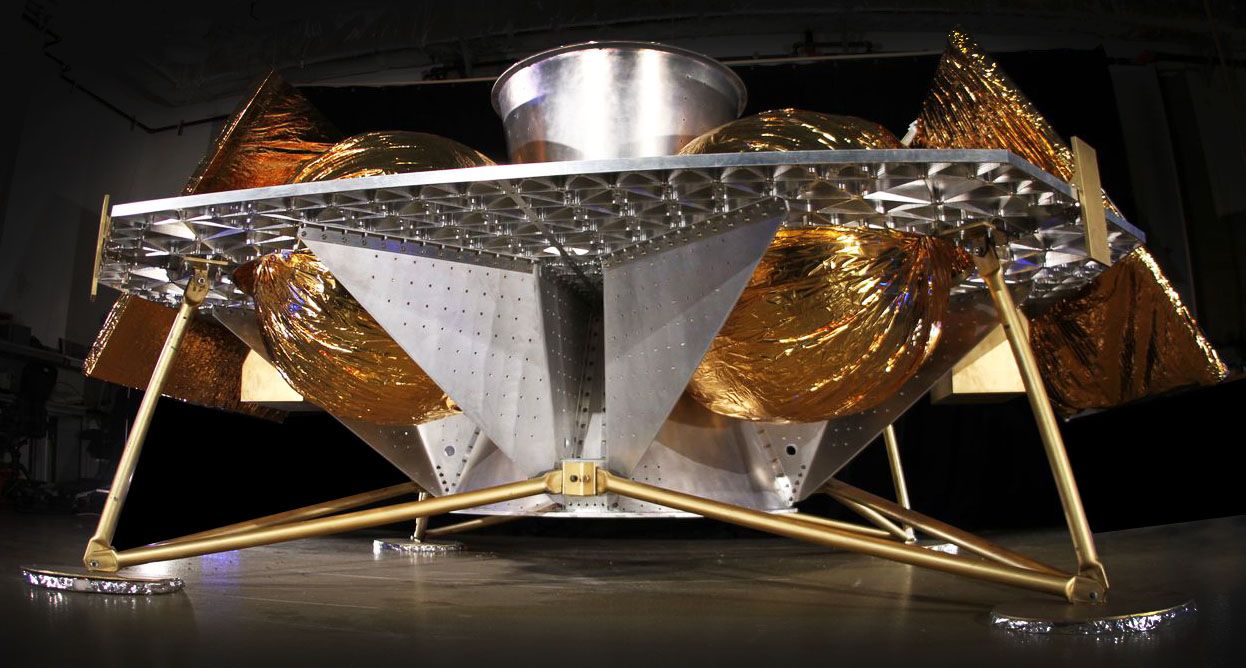SpaceX’s next mission to the moon, and the next launch of its triple-booster Falcon Heavy rocket, has slipped to no earlier than July 2026.
Astrobotic’s Griffin-1 lunar lander, carrying NASA and commercial payloads that include rovers from Astrobotic and Astrolab, will wait just a little longer before its planned excursion to the moon. The mission had previously targeted a launch at the end of 2025, but will apparently miss that deadline, according to an Astrobotic update posted on Oct. 24.
The mission will mark Astrobotic’s second attempt at a lunar landing after its Peregrine Mission One in January 2024 failed to reach the moon after experiencing a propellant leak shortly after launch. Griffin is undergoing payload integration and software testing at the Pennsylvania company’s facility, where propulsion testing and avionics validations are currently underway.
Like Peregrine, Griffin is being developed under NASA’s Commercial Lunar Payload Services (CLPS) program, which funds private missions to the moon to deliver payloads in support of the Artemis program — NASA push to return astronauts to the lunar surface.
NASA originally planned to fly its Volatiles Investigating Polar Exploration Rover (VIPER) aboard Griffin, but that mission was canceled in 2024, leading Astrobotic to repurpose its payload spot for a commercial rover: Astrolab’s FLIP (FLEX Lunar Innovation Platform) rover. (VIPER was recently un-canceled, and added to the manifest of a Blue Origin lunar mission targeted for 2027.)
In addition to FLIP, Griffin will carry Astrobotic’s own CubeRover, and several smaller payloads including the Nippon Travel Agency plaque sending messages collected from children in Japan to the moon, the Galactic Library to Preserve Humanity from Nanofiche and the MoonBox capsule that will deliver “items from around the world” to the lunar surface, according to Astrobotic’s update.
The company said it has nearly completed assembly of Griffin’s core structure, with critical components like thrusters, pressure tanks, solar panels and payload ramps already successfully fitted to the vehicle. The lander awaits the installation of four propellant tanks, which Astrobotic will ready the vehicle for environmental acceptance testing to simulate various stages of the mission, like launch, spaceflight and exploring the surface of the moon. Simultaneously, Astrobotic said it is also performing engine qualification testing ahead of final integration.
NASA’s CLPS program aims to stimulate the commercial lunar economy while giving the agency access to low-cost delivery services to the moon. Setbacks and early failures in the program, like Peregrine’s mishap or Intuitive Machines‘ landers both toppling over and ending their mission early, have drawn scrutiny, and Astrobotic’s ability to recover with Griffin will be a critical test for both the company as well as the CLPS program.
With integration milestones converging and major payloads on track for delivery and testing, Astrobotic said it is targeting the next viable launch window, which opens next July. The launch will be the 12th for SpaceX‘s Falcon Heavy launch vehicle, which utilizes three modified Falcon 9 boosters through liftoff and the first stage of flight. Previous flights have successfully returned Falcon Heavy’s side boosters to SpaceX’s landing zones on Florida’s Space Coast, but none have yet successfully landed the rocket’s core stage.
First Appeared on
Source link













